Molly is one of GiGL’s Partnership Officers and is a joint primary contact for our work with existing Service Level Agreement Partners. As part of her role she supports partnership project development, while also being our lead contact for bespoke partner requests and for the SLA data exchange.
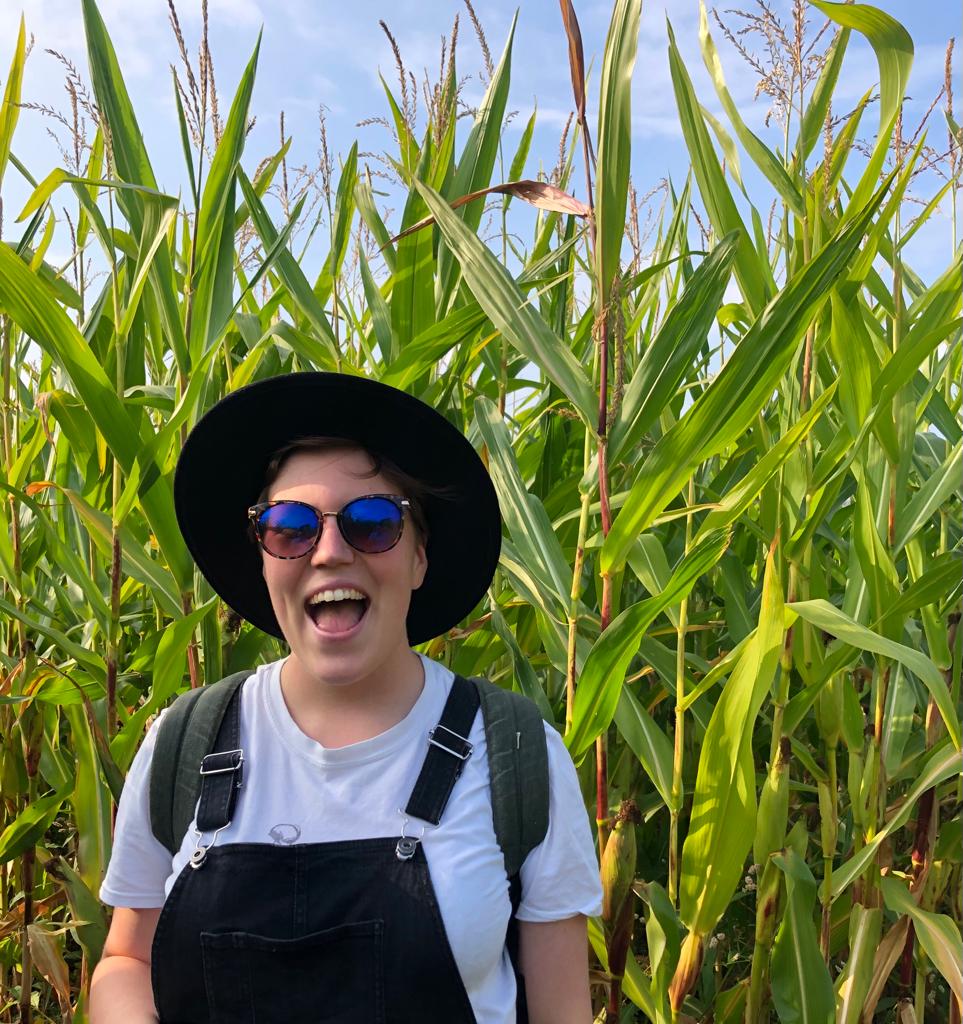
- Town or countryside?
Definitely a mixture is best.
- Summer or winter?
Winter – especially those rare moments when it snows…and Christmas, of course.
- Early bird or night owl?
Early bird for sure.
- Outdoors or indoors?
Outdoors.
- Plants or animals?
Plants.
- What species is closest to your heart and why?
I have always been a keen grower of my own fruit and veg, so a lot of edible species come high on my list of favourites from inciting joy over the years. One in particular is the apple tree. Growing up, I used to get to climb the apple tree in my parent’s garden and pick the apples each autumn, then when I got my allotment a few years ago there happened to be an apple tree already there, which was not only reliable in producing ingredients for many autumnal crumbles, but also had the best blossoms every spring – a great all-rounder I think!
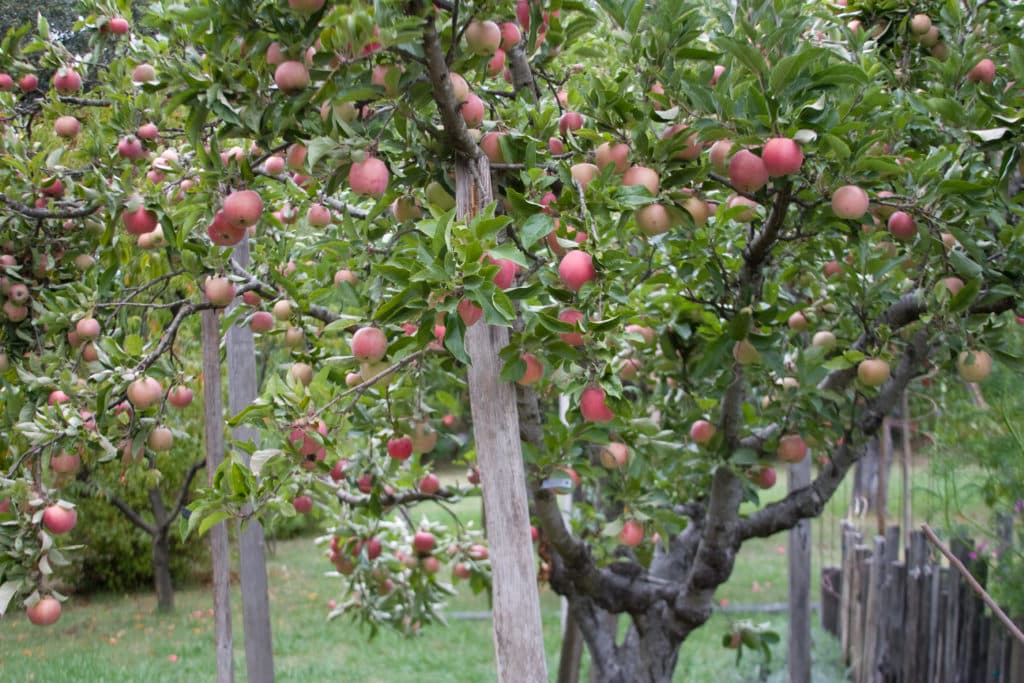
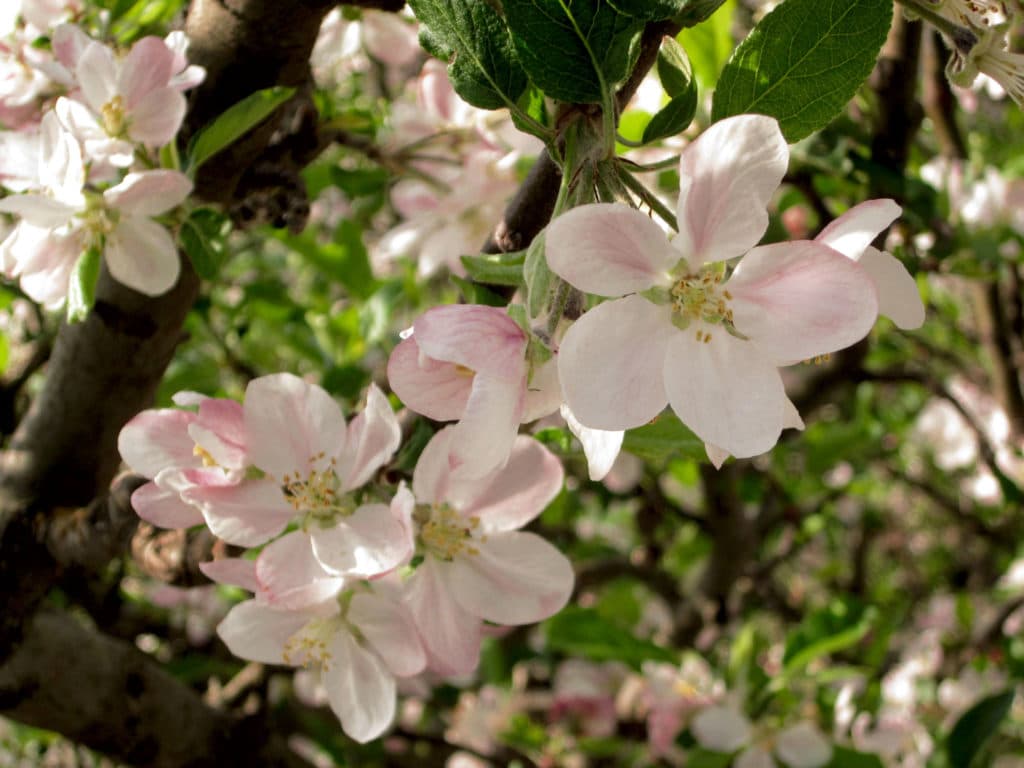
- What is your favourite Greater London open space and why?
Does The Oval cricket ground count? Many a good memory has been made there!
But if we are talking in terms of a great environmental experience, then probably Kew Gardens has the top spot. Every time I go it’s a brand new adventure, I have spent days wandering around there and always find something new to see and learn about. It’s peaceful and full of colour, what’s not to love.
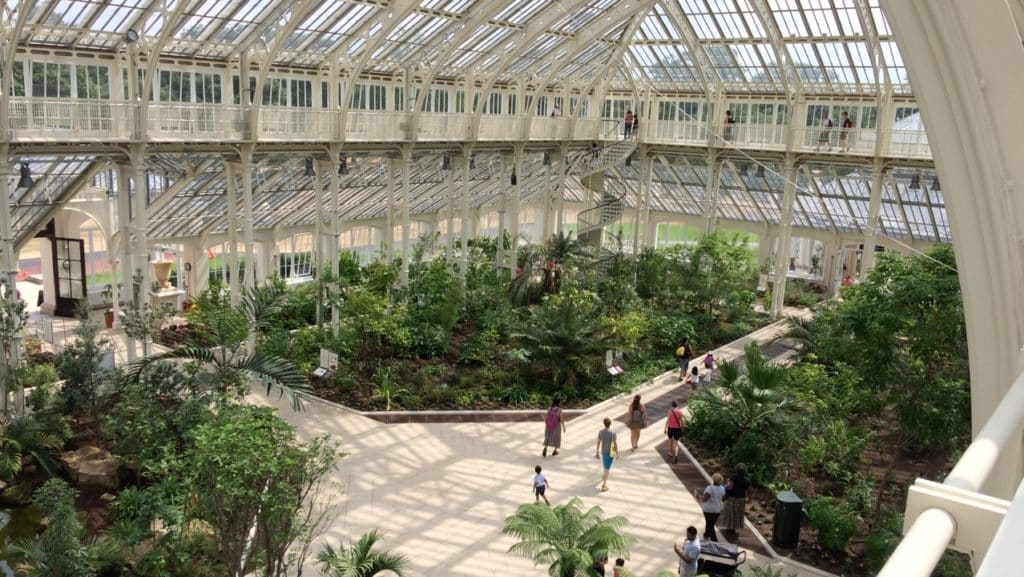
- What has been your most formative experience working with the natural environment? And what did you learn then that you keep with you today?
Before GiGL, my first love was geology. My degree in rocks took me to a lot of cool places, from Scotland to Hawaii and everywhere in between. One moment that sticks with me in particular was the first time I saw a volcanic crater, Kilauea Iki in Hawaii, when volunteering in the National Park. I saw and learnt a lot that day about how ecology and geology interact in this extreme environment and this really sparked my interest in the diversity of the world’s nature.
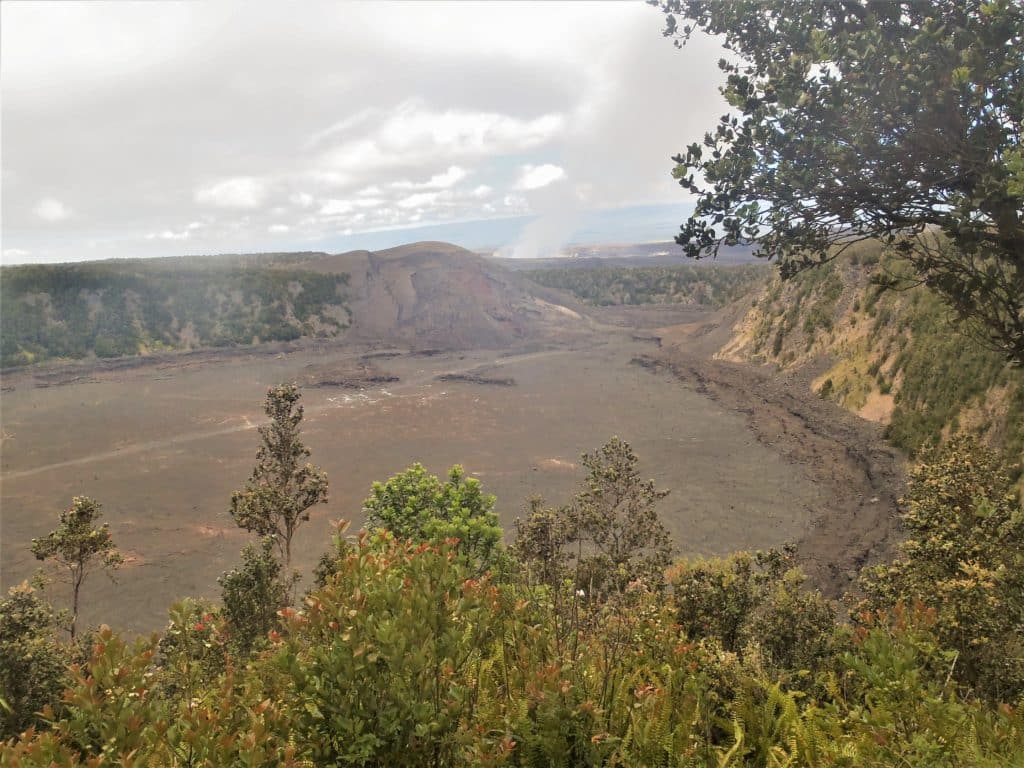
- What is your role at GiGL?
I am one of GiGL’s Partnership Officers, which means I deliver services to our SLA partners and other stakeholders. My ongoing tasks are to collate and send out the data for the quarterly data exchange and handle individual data and map requests from partners. I am also involved in a variety of larger GIS-based projects, for example woodland opportunity mapping with the Forestry Commission; creating a Greater London East-West B-Line with Buglife (you can find out more on this in a future GiGLer article) and developing new services for partners like the Biodiversity Hotspots for Planning map and our soon-to-be-released Ecological Network Mapping service.
- What is your most enjoyable GiGL task so far?
Before starting at GiGL I completed a Masters in GIS so I’m happiest when I get to use those technical skills in my job – which is most days! I especially like the project work I have been let loose on, being able to research and develop GIS-models that produce comprehensive data and maps for use in improving London’s natural environment.
- What made you want to work for a Local Environmental Records Centre?
I’ve always loved science and data so working for an organisation that is data-minded is ideal for me. Since finishing my undergrad in 2017, I’ve had to make choices between having non-technical roles in the environment/non-profit sectors or more technical roles in much less enjoyable sectors. Now, I get to work for a data-led, community interest company with great environmental morals – I’m basically living the dream!
- London has a lot to offer someone looking to learn more about wildlife and open spaces. What’s one thing would you advise people to explore?
I’ve found a great way to learn about the natural environment, and keep it interesting, is to try to get some good photographs of local nature and wildlife. When you set yourself that goal of trying to get a good snap of something, you can learn a lot about it, for example, its location, the time of day or year it appears as well as what it looks like in detail. All of this can be very useful, not only for your own ecological knowledge but also for recording of species in London- you can submit your records to GiGL here! You don’t have to be a professional to capture nature in action, it can just be a fun way to appreciate what is around you, but there is also lots of help out there for improving your nature photography skills if you wish to do so.
